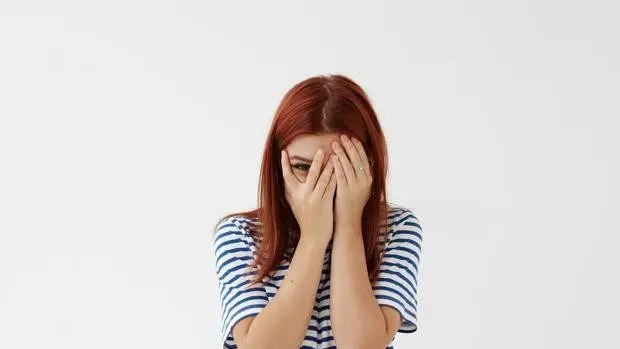Contents

Erythrophobia With this particular name, one of the phobias is called that can be very surprising. Its etymological origin gives the clue of what it means. Its lexical components are erythros (red) and phobos (fear), as well as the suffix –ia (quality). Collectively it means ‘irrational fear of the color red’. In this sense, erythrophobia is the fear of blushing or blushing. Although it can present as a single symptom, it is usually part of anxiety disorders.
In these cases, the person who turns red feels ashamed and enters a vicious circle since feeling ashamed increases anxiety, and so on.
Throughout life there are numerous situations in which one can to blush and, in general, we do not attach much importance to that fact. However, those who suffer from erythrophobia experience it in a negative way as if it were something bad. It causes them such intense discomfort that they avoid social situations in which the possibility of blushing fits. Thus, this fear is usually accompanied by social phobia. The feared situations are more and more numerous, they will be avoided more and more, which ends up leading to social isolation.
In less intense degrees, this avoidance can be done through makeup, by letting the hair fall in front of the face or by using sunglasses to hide behind. Those who suffer from it feel continuously observed so they prefer to interact in dim places or stay near heat sources or very warm to attribute the redness of their face to the heat.
In addition, the situation is aggravated since the main cause of blushing is its avoidance. That is, the more we try not to get red, the redder we get. Fear and fear also increase that blush.
The psychotherapist’s work is aimed at ensuring that the subject gains enough security to address that feeling of shame so that he or she can live the redness in a neutral way.
Therapy
- Erythrophobia is approached from psychological therapy to make profound modifications in central beliefs and automatic thoughts.
- Exposure to feared situations with prevention of response so that you do not cover your face or hide when you feel the blush.
- Study the origin of shame.
- Promotes security and self-confidence.
Pharmacology
Sometimes the therapy is complemented with pharmacological treatment, always with strict medical follow-up. In these cases, anxiolytics, beta-blockers or antidepressants may be recommended.









